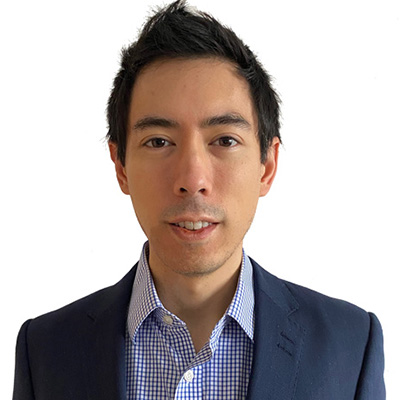Aaron Wernham

Dr Aaron Wernham is a Consultant Dermatologist and Mohs surgeon at Walsall Manor Hospitals Trust and The Royal Wolverhampton Hospitals NHS Trust.
He is a member of the trials generation and prioritisation panel for the UK Dermatology Clinical Trials Network (UKDCTN). He co-led a Priority Setting Partnership in skin cancer surgery and the CANVAS suture study, as well as a trial team member for the OASIS and PAUSE studies. He is co-chief investigator for the HEALS2 study.
Presentation at The SoTV/EWMA 2024 Conference, London
Research and data underpinning successful Randomised Control Trial (RCT) design in dermatological surgery: The HEALS2 trial
Learning objectives
After attending this session, persons will be able to:
-
Understand current evidence for compression therapy to aid healing of lower limb secondary intention wounds
-
Learn about healing time for lower limb secondary intention wounds and factors affecting healing post-surgery
-
Describe the process and feasibility required to develop a funded NIHR Randomised Controlled Trial in skin cancer surgery
-
Learn how patient and public involvement played an integral role in our study development
Abstract
Aim: We describe the pathway taken by dermatology surgeons and researchers to a successful RCT design and NIHR funding. HEALS2 is a multicentre RCT comparing the clinical and cost-effectiveness of standard care(SC) vs. SC + compression therapy(CT) in wounds healing by secondary intention(HBSI) in patients undergoing excision of keratinocyte cancer(KC) on the lower limb.
Methods: We demonstrated:
- evidence of an efficacy signal from the intervention
- clinician equipoise
- patient acceptability
- feasibility
This was achieved through: evidence review(1,2); Dermatologists’ survey(3); patient and carer focus group and; cohort study(4, 5).
Results:
Reviews: Effectiveness of CT demonstrated in venous leg ulcers(1). No trial evidence found for lower limb KC excision(2).
Survey: 109 dermatologists indicated median 5 lower limb KC excisions/month/centre, 48% wounds HBSI and clinical equipoise(3).
Focus group: n=8 identified time to healing, complications and quality of scar/healing as important outcomes and design allowing both bandages and hosiery.
Feasibility cohort: 58 participants, median time to healing of 81 days (SC arm)(4, 5) informing RCT sample size estimate: 396 participants(198 per group) for 90% power; 30% reduction in time to healing.
Conclusions: We hope our journey to successful RCT funding will inspire other clinical researchers to develop research ideas with potential to improve patient outcomes.
Acknowledgement: 2014 UK DTN trainee programme funding | HEALS2 trial is funded by NIHR HTA














